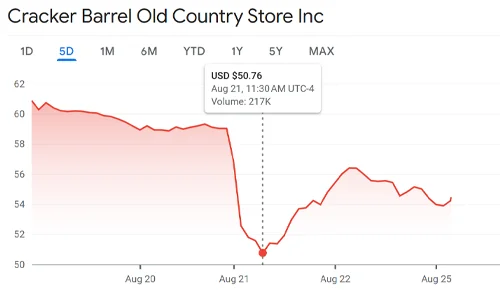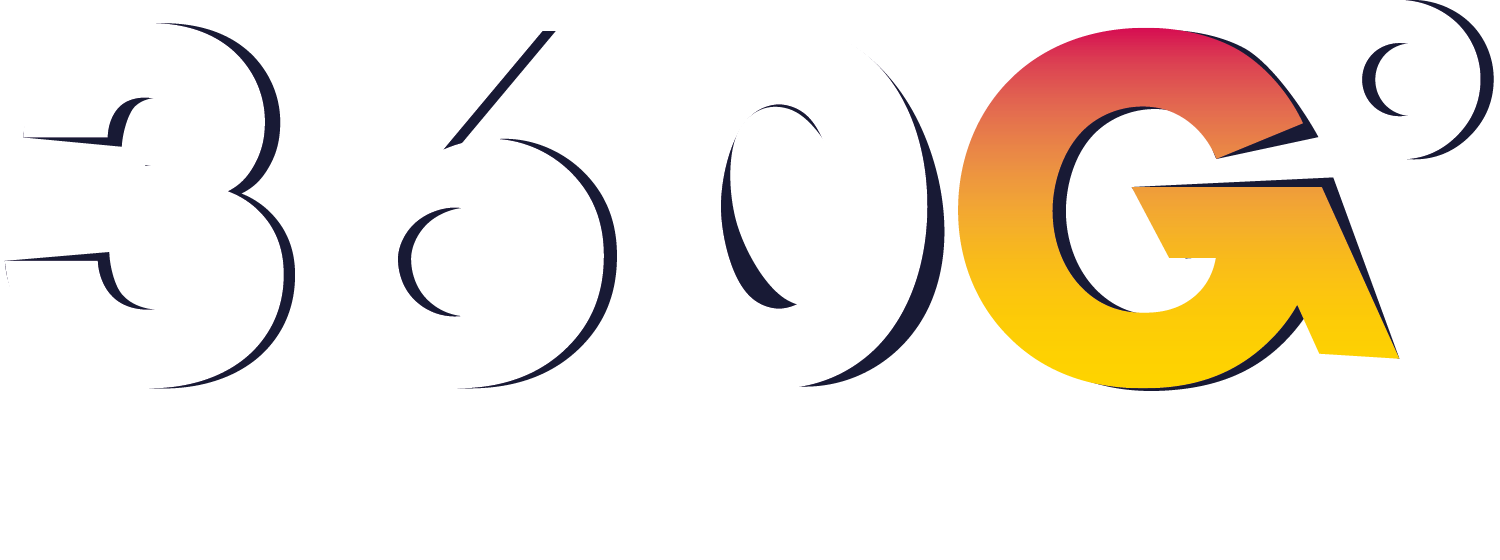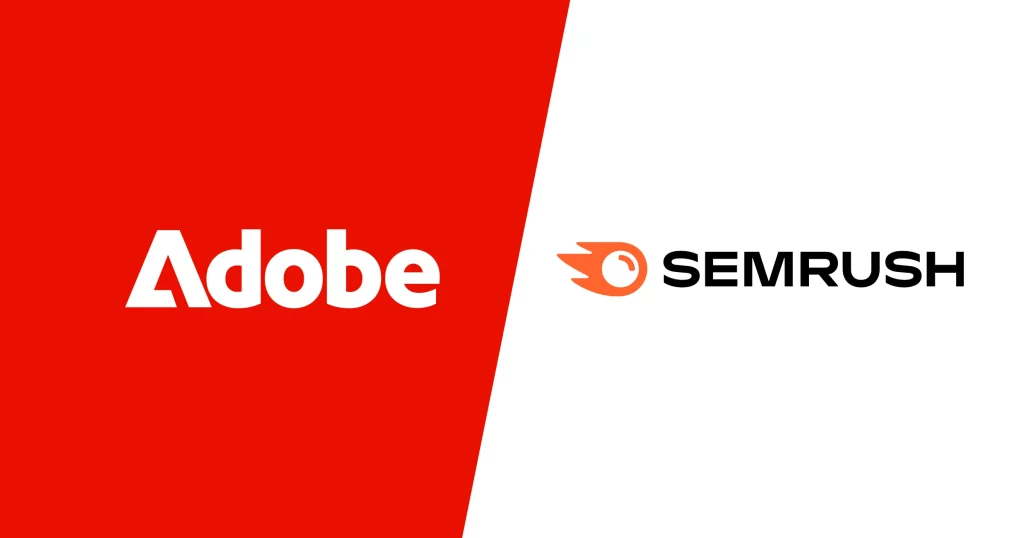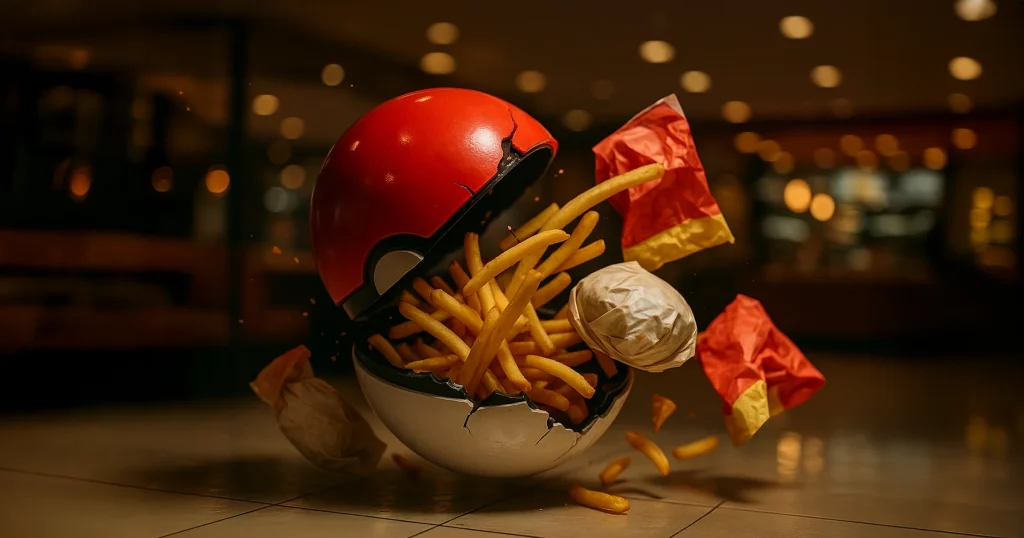If you’ve ever loved a brand enough to recognize it by a sign at 70 mph, you already understand brand equity. In August 2025, Cracker Barrel refreshed its identity—simplified logo, brighter stores, updated menus. The internet didn’t just notice; it reacted. Overnight, a design decision was framed as ideological, a portion of loyalists felt “their place” was changing, and investors flinched.
This isn’t really a story about a logo. It’s a story about meaning—how symbols carry memory—and what happens when a legacy brand modernizes without enough bridges to the past. Below, we unpack what happened, why the politics narrative exploded, and a practical, field-tested plan to refresh any brand without sparking a meltdown.
What Actually Happened
Cracker Barrel rolled out a simplified, text-first logo and a broader store refresh. Loyal guests, attached to the folksy country-store aesthetic (and the “Uncle Herschel” character mark), read the change as a break with tradition. Social feeds amplified that feeling, some pundits labeled it “woke,” and the stock fell around the rollout window. The company insisted the values hadn’t changed and the refresh aimed to make the experience brighter and easier to use across digital and physical touchpoints.
Key takeaway: For heritage brands, visuals aren’t cosmetic. They’re identity assets. If you remove them abruptly, people experience it as loss.
Why Rebrands Can Move Markets

A rebrand pulls three levers that tie directly to revenue:
- Recognition: Logos, colors, and fixtures are “lighthouses” on highways, shelves, and screens. Change the beam and some customers don’t “see” you as easily.
- Meaning: Symbols compress memories. Change them too quickly and fans wonder if they still belong.
- Narrative: If you don’t explain the why before the what, critics will—and their version travels faster.
That’s why a “cosmetic” change isn’t cosmetic at all. It’s a bet on behavior.
The Politics Trap (and How to Avoid It)
Cracker Barrel didn’t launch a political stance. But the redesign landed in an environment where culture-war narratives are primed to attach to anything that looks like “erasing tradition.” Commentators linked the visual update to the company’s unrelated DEI efforts and prior controversies (e.g., plant-based menu options), then framed the whole thing as “going woke.”
Should brands mix marketing and politics?
For cause-led brands (Patagonia-type missions), clear stances can strengthen loyalty. For broad-appeal, comfort-driven brands, ideology usually subtracts from the promise. If a stance isn’t central to your mission or your core customers’ expectations, don’t make politics the product.
Practical guardrails:
- Do a politics pre-mortem before launch: if someone wanted to spin this ideologically, what would they cite? Write the counters now.
- Separate workplace inclusion (internal standard) from customer ideology (not the product).
- Lead with your why and show continuity—heritage cues, rituals, and service that haven’t changed.
- Respond with empathy, not arguments: acknowledge nostalgia, restate benefits, demonstrate what’s constant.
Where the Rollout Lost Altitude
- Underestimating nostalgia. The old mark and cluttered country-store vibe weren’t “decor”; they were proof of comfort. Removing multiple familiar cues at once felt like removing the brand’s soul.
- Too much, too fast. Logo + interiors + menu landed almost simultaneously. For legacy brands, evolution beats revolution.
- Narrative vacuum. The internet introduced the change before the brand did. Without a proactive story, “erasing tradition” became the default plot.
- Research misalignment. Some guests do want brighter, simpler spaces—but your heaviest users (and loudest advocates) often prize the “warm clutter.” Value-weight your research, not just volume-weight it.
- No early off-ramps. Limited pilots existed, but once the national conversation turned, there weren’t visible, pre-planned ways to slow, tweak, or bridge the look.
The Research That Prevents This
Great rebrands start with one hard map: what’s sacred, what can evolve, what’s optional.
- Sacred = things your best customers use to recognize, trust, and feel your brand (icons, colors, rituals). You reinterpret, you don’t remove.
- Validate with qual + quant weighted to high-value users, then pilot variants in real markets.
- Test Keep vs. Simplify vs. Tribute directions and pick the path that protects recognition and lifts relevance.
Plan B: The Safety Net Every Rebrand Needs
Rebrands are high-variance moments. Even with sound research, the first 48–72 hours can surprise you. That’s why you launch with Plan B—a pre-planned set of actions that trigger when early signals turn south.
Why it matters: A contingency plan protects recognition, trust, and momentum. It shrinks response time from days to minutes and transforms a spiral into a course correction.
What Plan B includes (lean, but powerful):
- Early-warning dashboard: live sentiment, P/N ratio, branded search, store traffic comps, press tone.
- Triggers & thresholds: e.g., sentiment < 0.35 for 4 hours → swap to continuity messaging; traffic –5% vs. control → pause expansion.
- Message swap: pre-approved “why we updated” story, a heritage explainer, and a short CEO/owner video.
- Visual fallback: a heritage lockup (new mark + classic cue), in-store “heritage corners,” reversible placements (digital first, then physical).
- Rollout throttle: hold new markets, iterate in pilots, relaunch once metrics normalize.
- Ownership grid: who flips which switch (comms, social, CX, ops) and the escalation path.
The Modernization Playbook (Field-Tested)
You asked for “best ever”—here’s the concise playbook you can actually run:
1) Align on the business problem.
What metric must move—recognition, CTR, traffic, frequency, price realization?
2) Inventory brand equities.
Map visual (icon, colors), verbal (names, phrases), and experiential (store cues, rituals). Label Sacred / Evolve / Optional with evidence.
3) Research & co-create.
Value-weighted qual + quant across core and target segments. Social listening “pre-mortem” for likely critiques.
4) Pilot, then scale.
Update a handful of markets; measure comps, NPS, sentiment, press tone, ops friction. Iterate fast.
5) Control the story.
Launch the why before the what: “Honoring 50 years, building the next 50.” Use employees and long-time guests as voices.
6) Crisis readiness.
War-room, thresholds, pre-approved statements. If needed, deploy the heritage lockup and slow the rollout.
7) Prove ROI.
Publish deltas vs. control (recognition, conversion, footfall, AOV, earned media value) and tie back to the business case.
FAQs
Does mixing marketing and politics ever make sense?
Only when a stance is core to your mission and your customers expect it. Otherwise, you’re taxing your value proposition with arguments your product can’t win.
Can a rebrand really hurt sales or stock?
Yes—if it reduces recognition, alienates core users, or signals strategic misread, you’ll see traffic softness and investor caution. Brand equity is a cash-flow asset.
How much research is “enough”?
Enough to name your sacred elements with confidence, to know which segments drive your P&L, and to predict how both will feel about change. Then pilot before scale.
What if backlash happens anyway?
Acknowledge feelings, show continuity, restate the practical why, and adjust. Flexibility earns forgiveness; silence invites escalation.
Modernize the expression, not the identity. When you renovate a memory palace, you invite people room-by-room—never bulldoze the house.
Want a risk-scored rebrand plan for your business? We’ll map your sacred equities, run a readiness audit, craft your why story, and launch with a built-in Plan B—so you modernize once, and modernize right.




